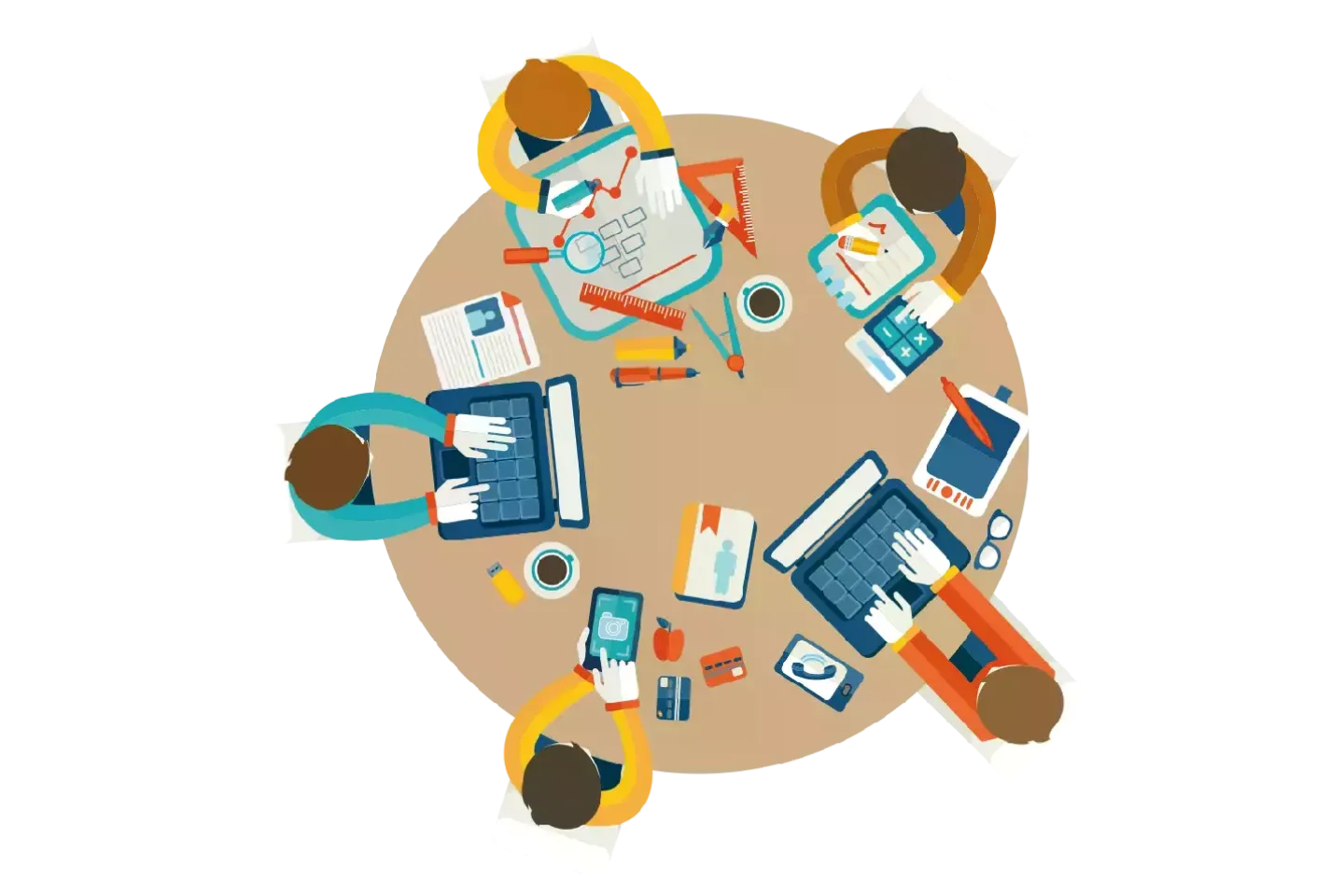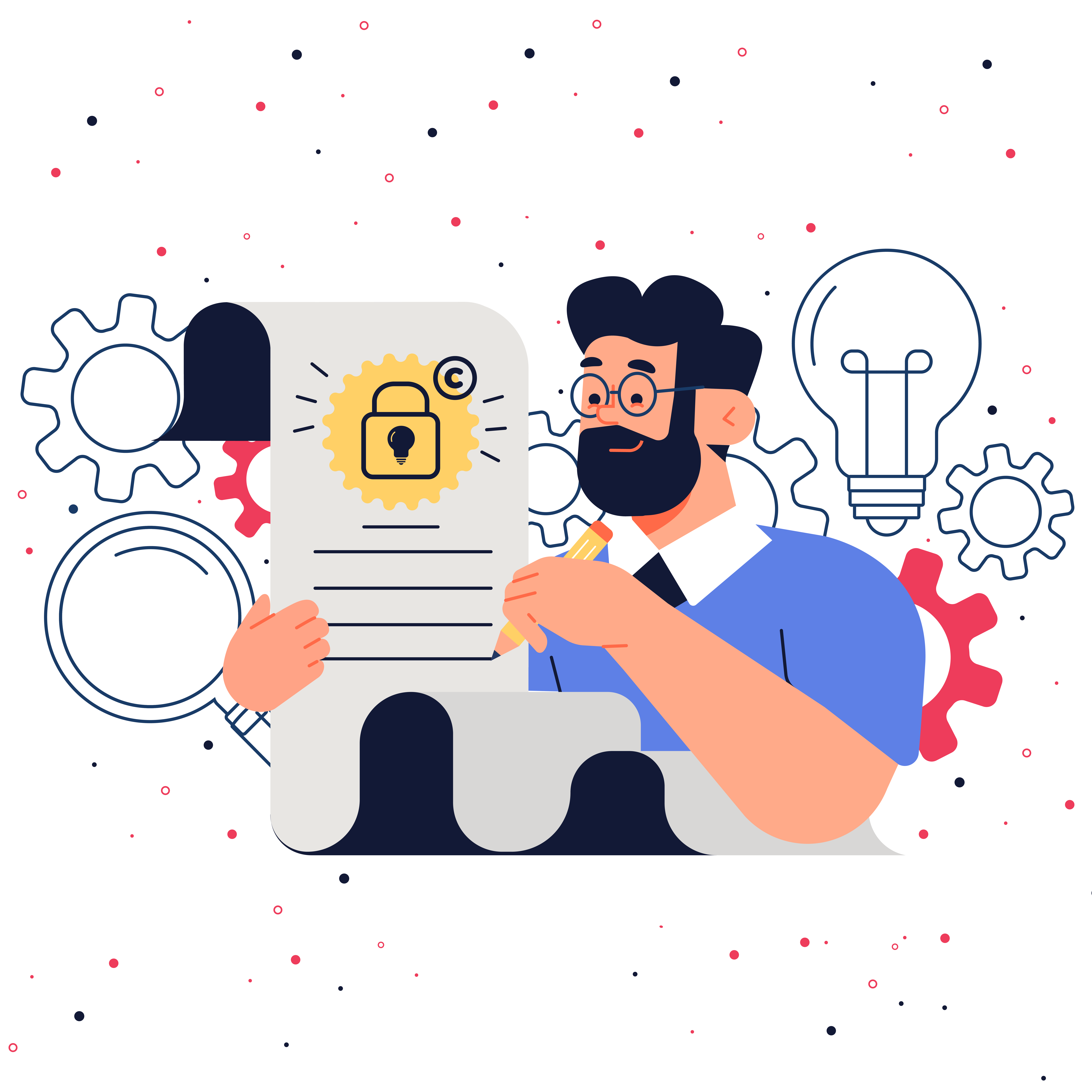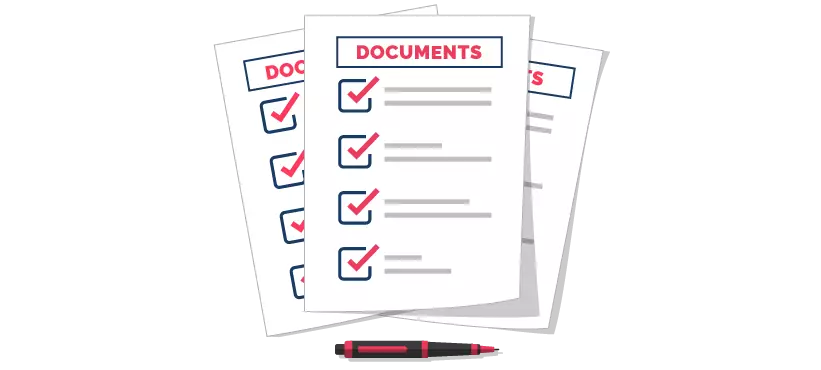Patent types:
- Design patents : Anyone who creates a new design for a product can apply for a design patent. Examples include beverage bottles (think of the shape of the Coca-Cola container) or furniture (such as the kneeling chair).
- Plant patents : botanists involved in grafting and creating new hybrid plant forms can apply for a plant patent. Examples include the Smooth Angel rose or drought-tolerant corn.
- Utility patents : Anyone who invents or discovers “any new and useful process, machine, article of manufacture, or composition of matter, or any new and useful improvement thereof” can apply for a utility patent. Examples include the little green drink stopper Starbucks gives out with its cups or the hoverboard type of skateboard.
The patent process:
While many inventors may want to rush out and apply for patent protection as soon as they come up with a revolutionary new things. So be sure that your idea is commercially viable – meaning that you can make money from it – you may want to hold off filling out the paperwork.
More important than protecting your idea is confirming that it has any value. Will others pay to buy it or use it or to incorporate it into their product? Why spend money on protection for a product no one wants, is the bottom line.
First steps
So before you start work on that patent application:
Either fill out a disclosure document with the U.S. Patent office, which documents the date of conception, or detail your idea in an inventor’s notebook. That establishes the date on which you came up with the idea, in case anyone ever questions the timeline.
Check to be sure no one else has already patented your idea at the U.S. Patent Office.
Invest in a market feasibility study conducted by a company that specializes in them. The Wisconsin Innovation Service Center may be able to help point you in the right direction. Such studies look at start-up costs, market demand, safety, and production feasibility to determine if there is a market for your new idea. They cost a few hundred dollars, which is better than the thousands the patent will cost.
Once you are sure your idea is sellable, consider proceeding to patent it.
The patent process can take several years and your application can be rejected for a number of reasons, such as if it is too close to another existing patent.
The benefits of securing a patent:
- Barrier to entry: ability to stop others from selling a competitive product
- Increased profits and prices: because you can stop others from selling a competitive alternative, you can charge more for your product,
- Leveled playing field: a patent can stop large companies from competing against you.
The process of obtaining a patent can be a time-consuming and complex process. It includes several rounds of reviewing and approval and can take years to obtain an issued patent.
An inventor has exclusive rights over his creation only in the region or nation where he has filed his patent. For instance, filing for a patent is Canada, provides you exclusive rights over your invention only in Canada. If you want rights in the US or elsewhere, you will have to file for patents in those jurisdictions.
Pre-patent expenses include the money spent on hiring an agent or lawyer or applying for protection in desired areas. The post-patent costs may include maintenance fees and in some cases may also include a reissue fee or other fees. The revenue generated through the use of a patent should be greater than the cost of obtaining and maintaining a patent. This requires proper commercialization of a patent.
Time Duration : It takes 10-15 working days.
Fee : Rs. 40,000/-



